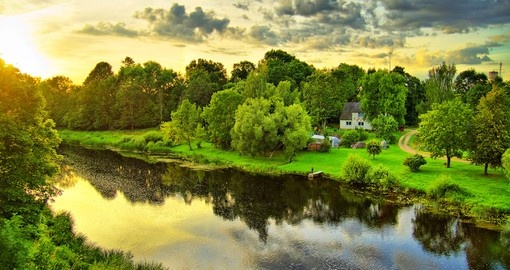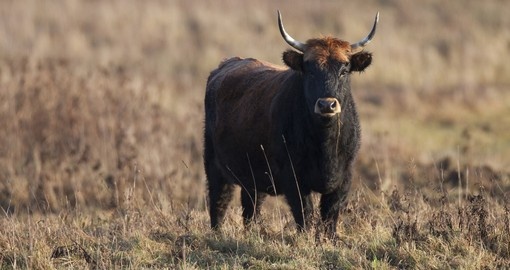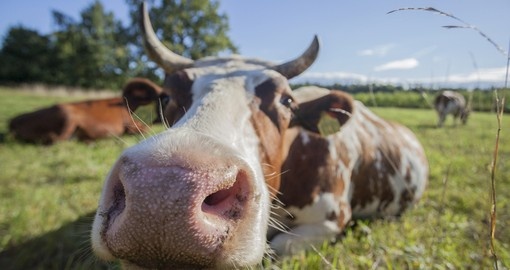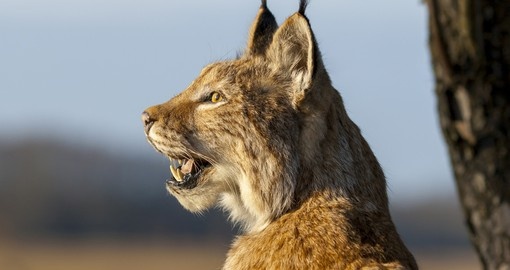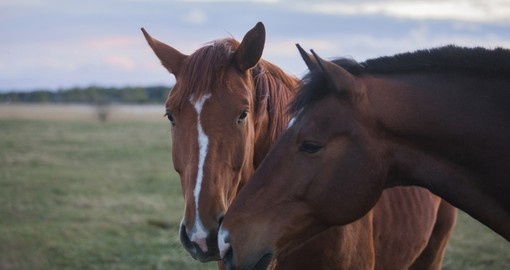Latvia Nature & Wildlife
As a result of its geographical location, Latvia joins two forest zones, one in the north and one in the south. Being part of a transitional zone, there is a great deal of biodiversity in the country. Forests cover approximately 45% of the territory of Latvia. Regarding the protection of such biodiversity, there are four national parks, four nature reserves, and one biosphere reserve.
Gauja National Park was established in 1973, making it the oldest national park in the country. Gauja is also the largest of Latvia’s parks hosting more than one-third of the country’s natural preserves in addition to more than 500 cultural and historical monuments. The park was first established to protect its most dominant feature, the valley of the Gauja River, as well as the high biodiversity found in this part of the country. As a result of the many elements found in Gauja National Park, it is an incredibly popular place to experience the nature and wildlife of Latvia.
Kemeri National Park, located just 50 km from Riga, was established in 1997. One of the reasons the park was given protected status was because of the natural mineral springs and muds located there that have been used for centuries because of their therapeutic properties. There are various ecosystems found within the park that contain rich flora and fauna as well as rare birds. In total, there are three types of wetland present here: fens, transition wetlands, and raised bogs one of the dominant natural features of Kemeri are the Great Kemeri Bog, an internationally important wetland. In addition to these wetlands are several lakes that were once lagoons of the Littorina Sea. For visitors to the park, the beauty can be enjoyed through various nature trails that have been established.
The smallest of Latvia’s national parks is Slītere National Park, located on the country’s west coast. The park was formally given national park status in 2000; however, the area it covers had previously been protected by the Stītere National Reserve, which is one of the oldest reserves in the Baltics. There are many elements to this park including sandy beaches, dunes, and broadleaf forests. It is located along the Baltic migratory flyways making it an excellent spot for bird watching. A popular way to experience this park is by cycling along the nature trails and paths available.
The fourth national park in Latvia is Rāzna National Park. Established in 2007, it is the youngest national park in the country. Located in the Latgale region, the area was given protected status to preserve the natural values of Rāzna Lake, the second largest in the country, and its surrounding areas. Approximately 14% of the park is covered in water. Lake Ezezers is a very interesting part of this protected area. The lake hosts over thirty isles that provide habitats for many valuable ecosystems with rare plant species.
Get a Trip Quote Order a Brochure







